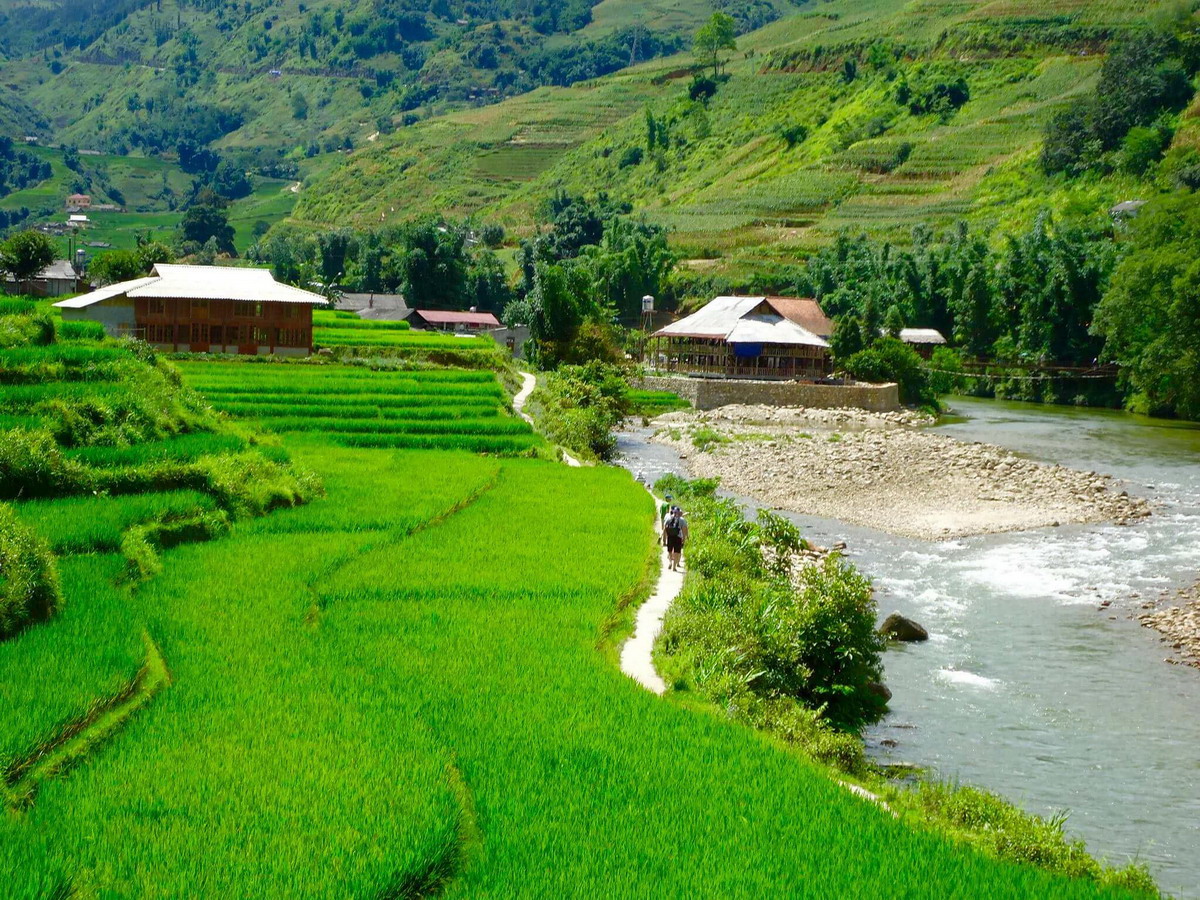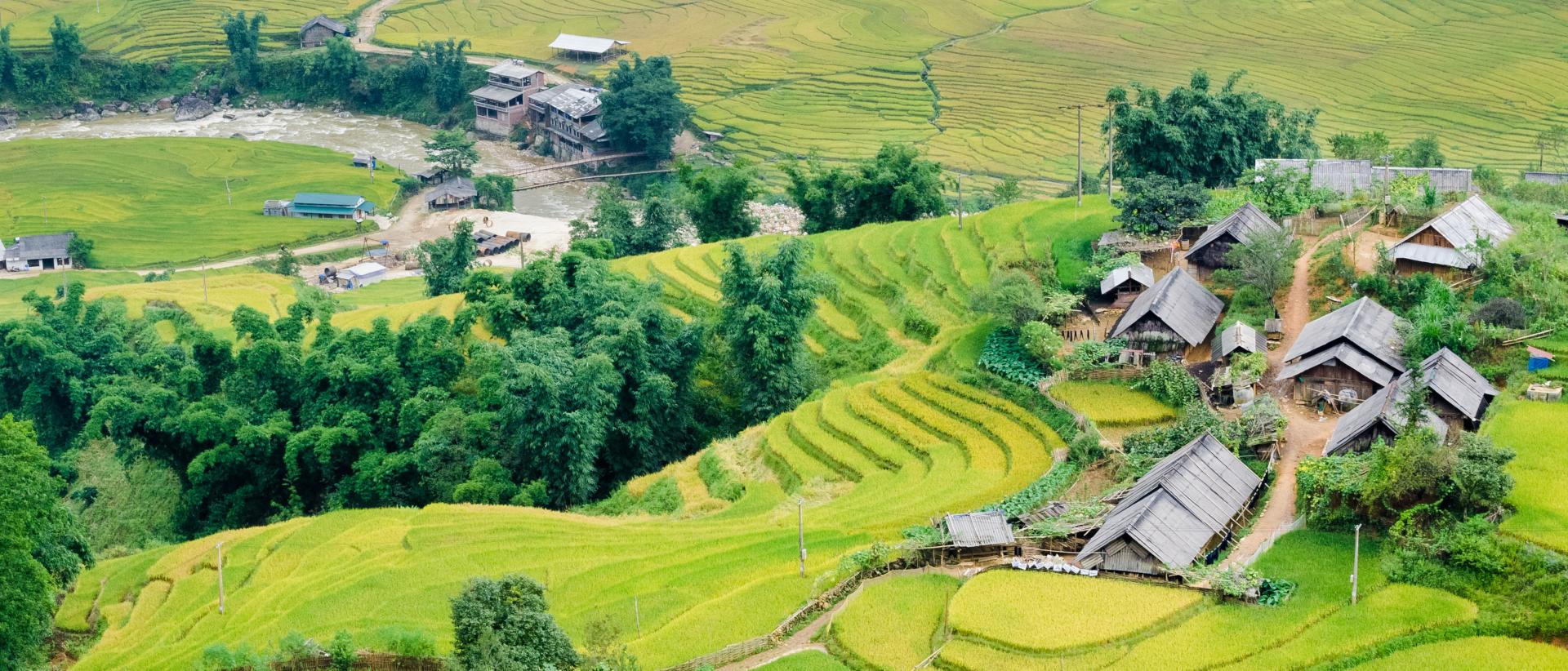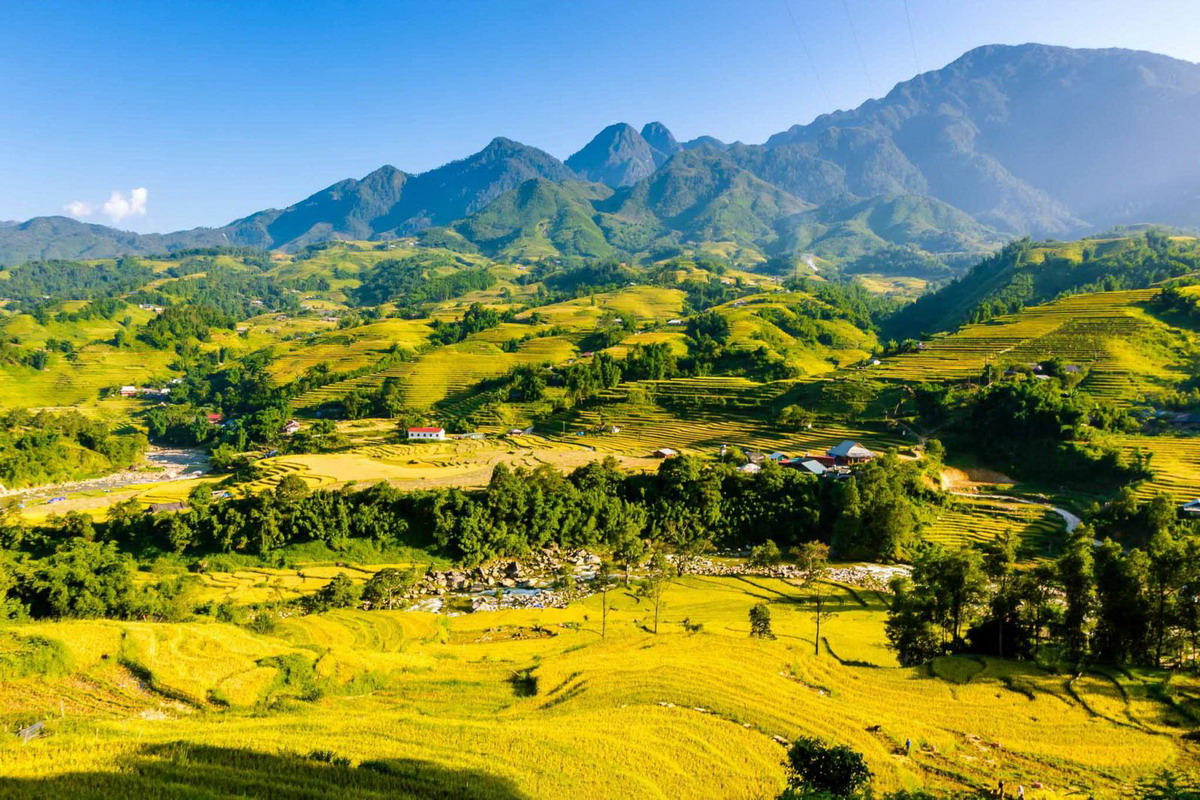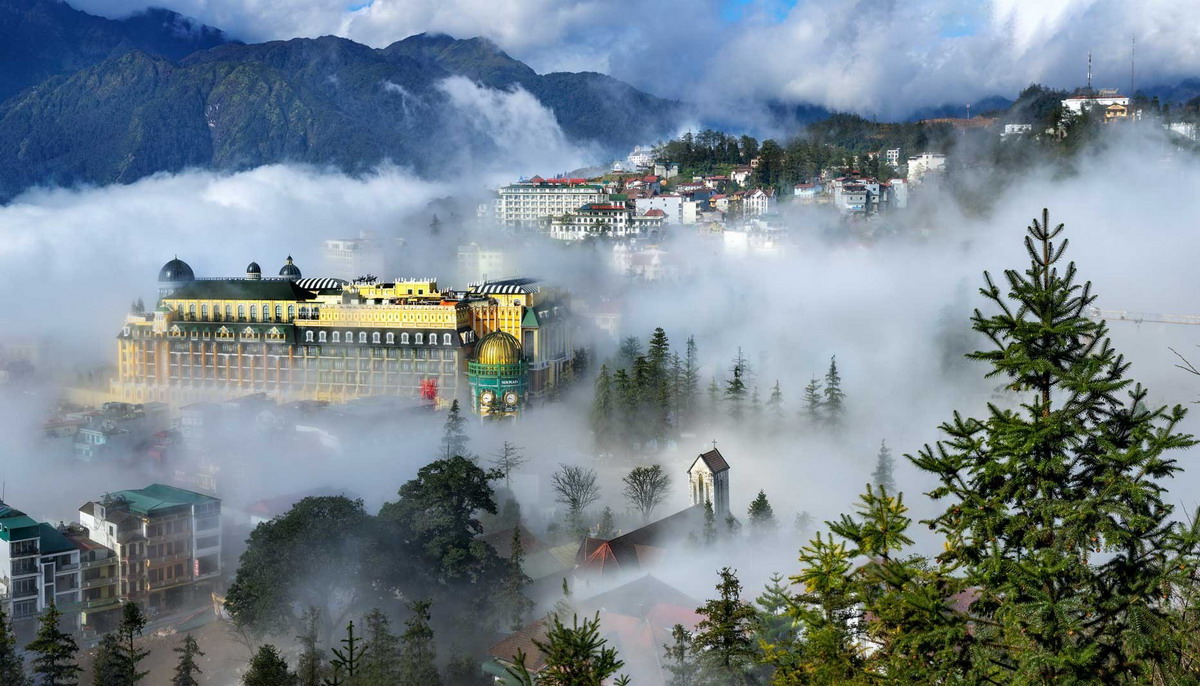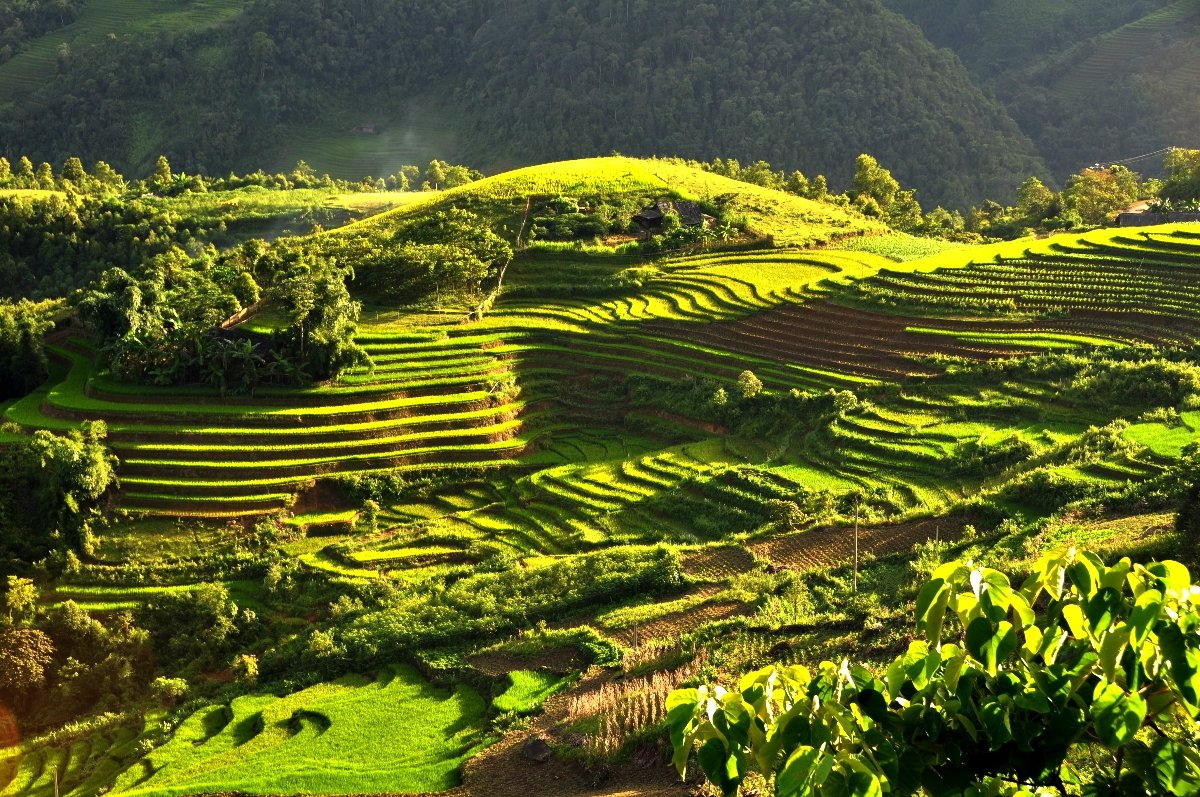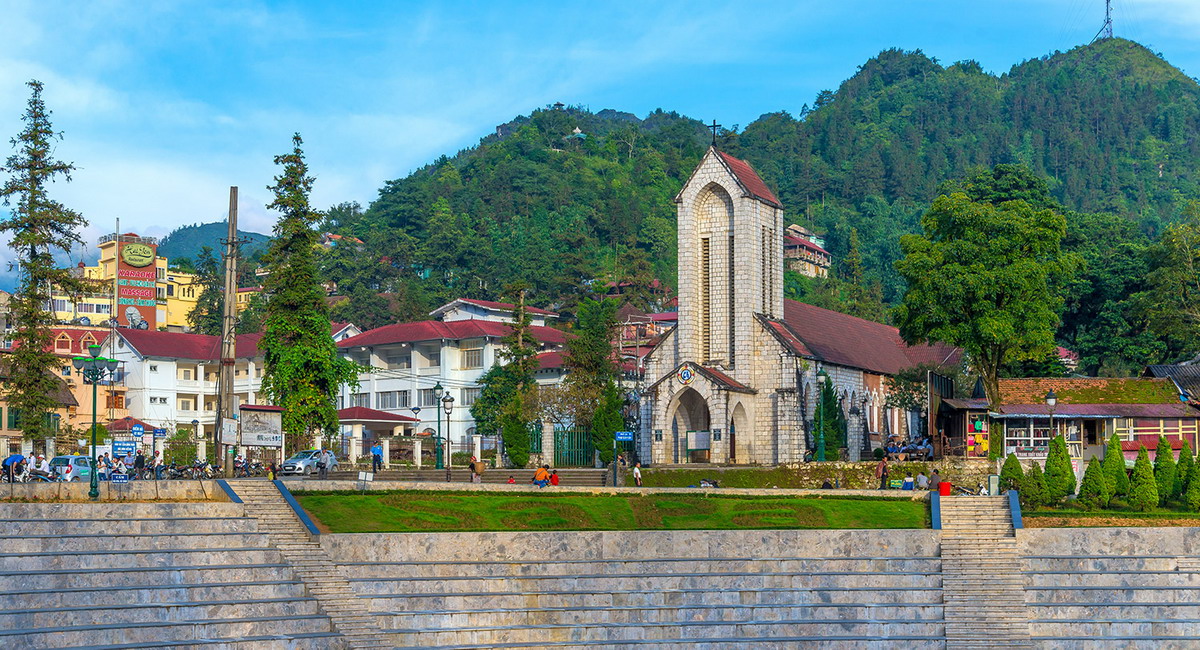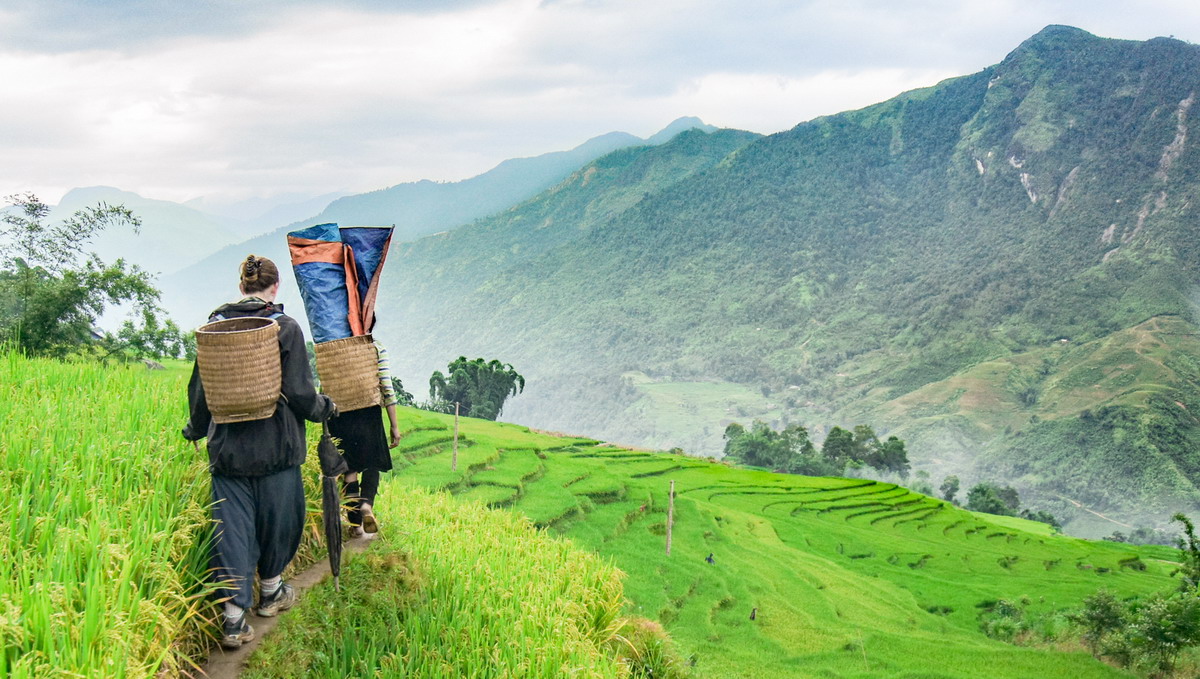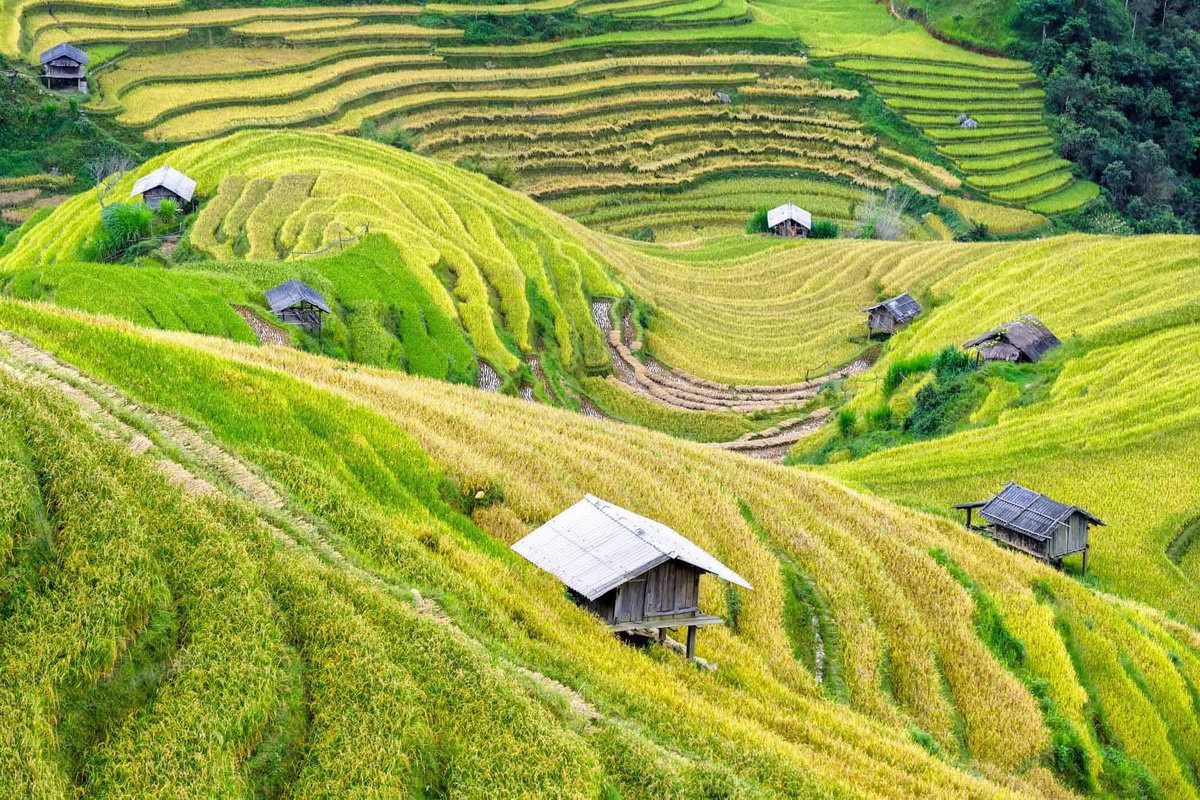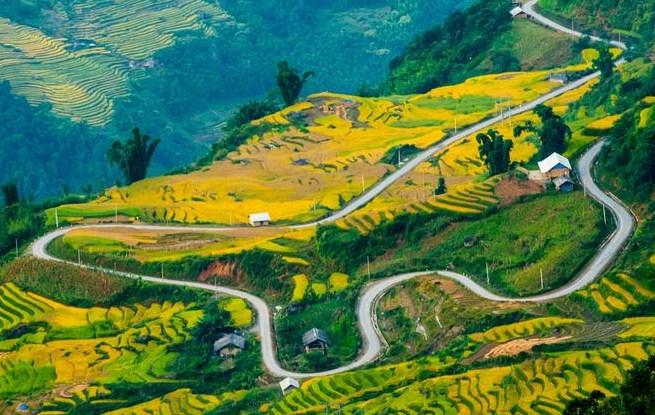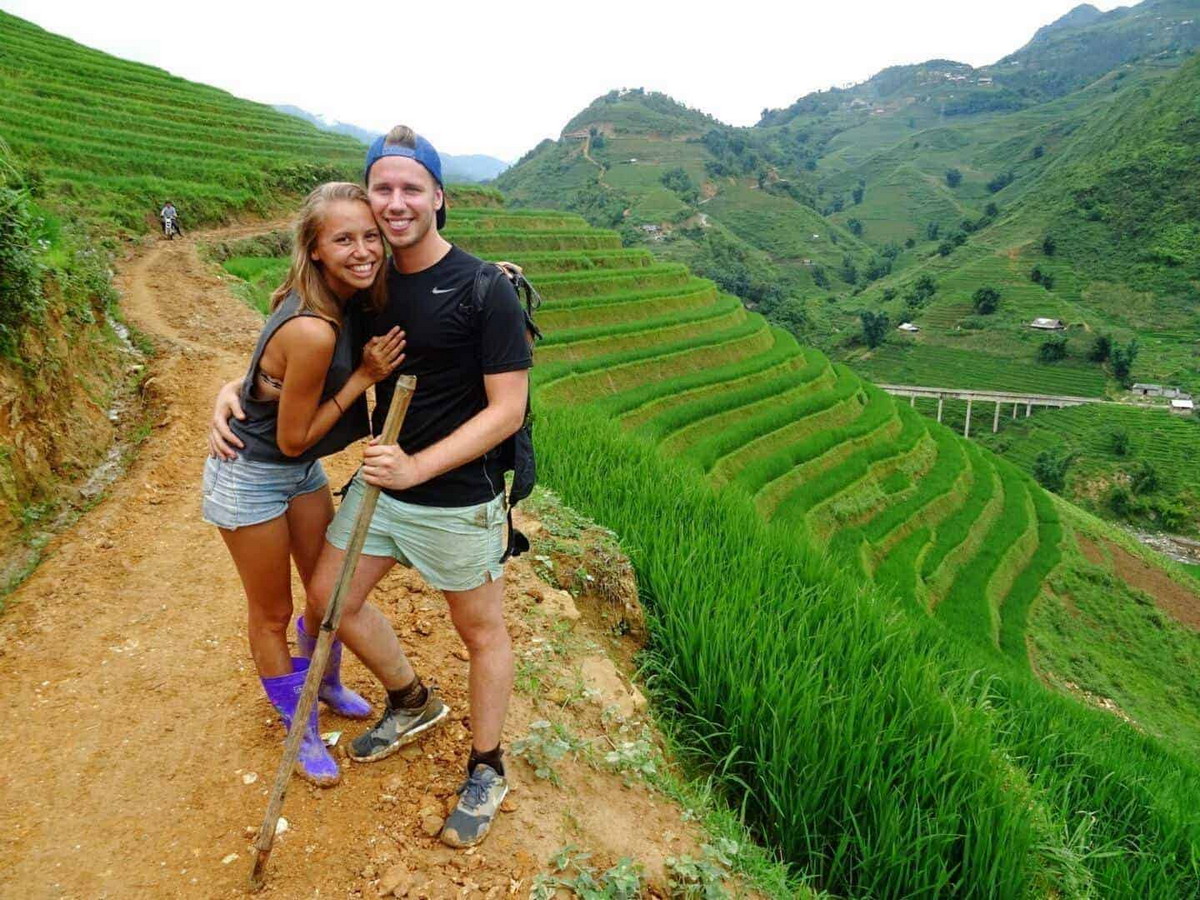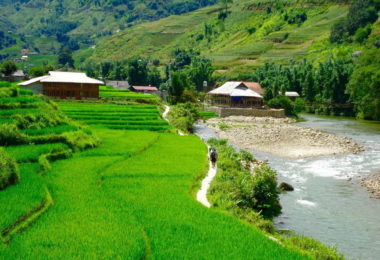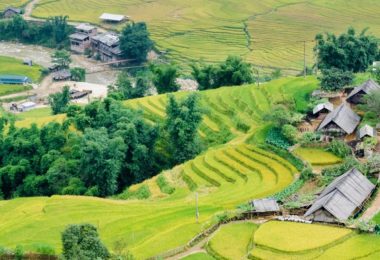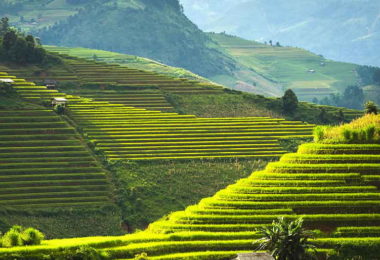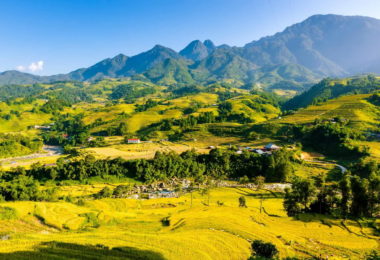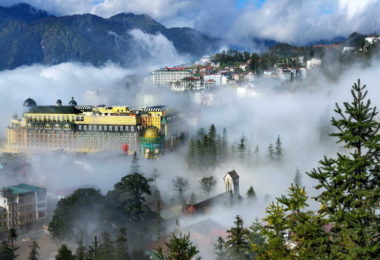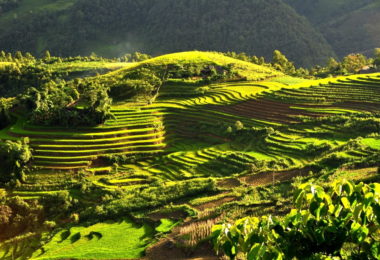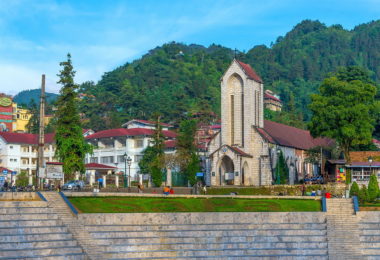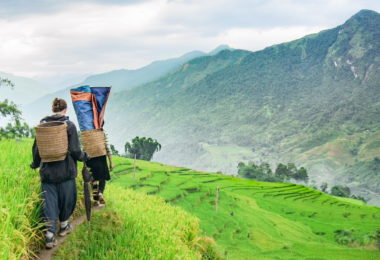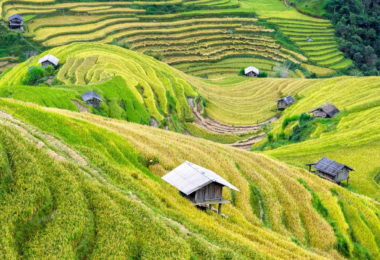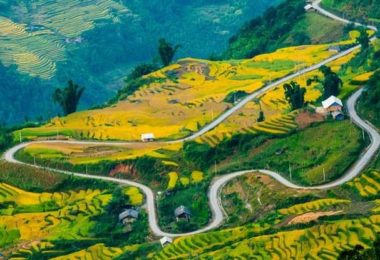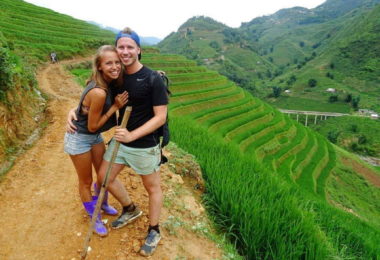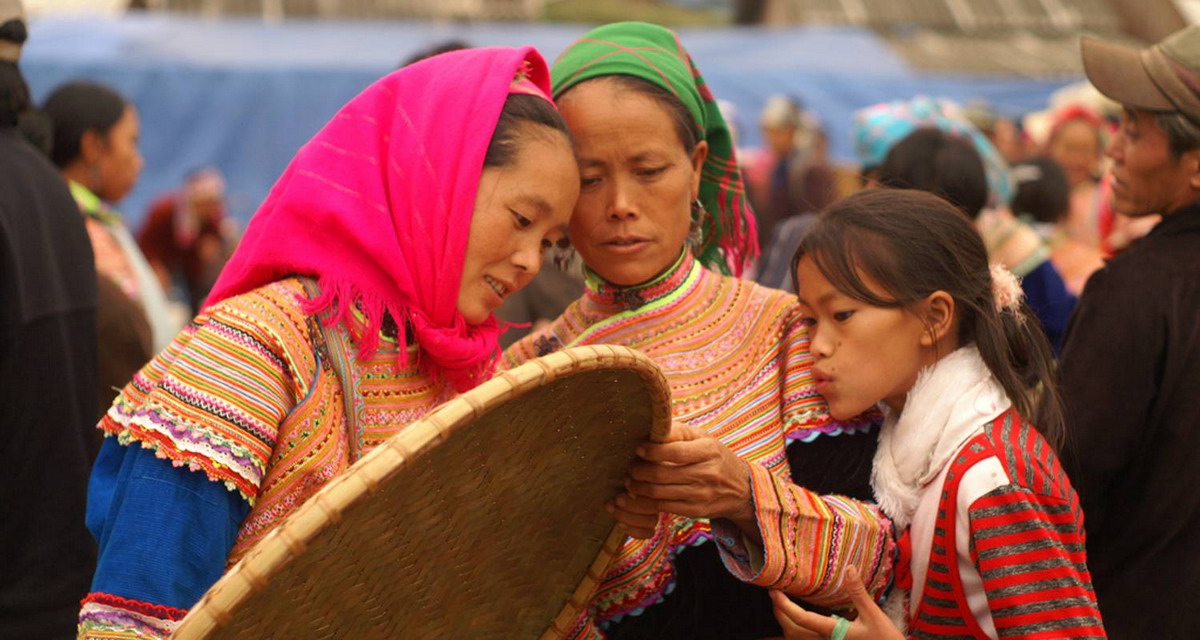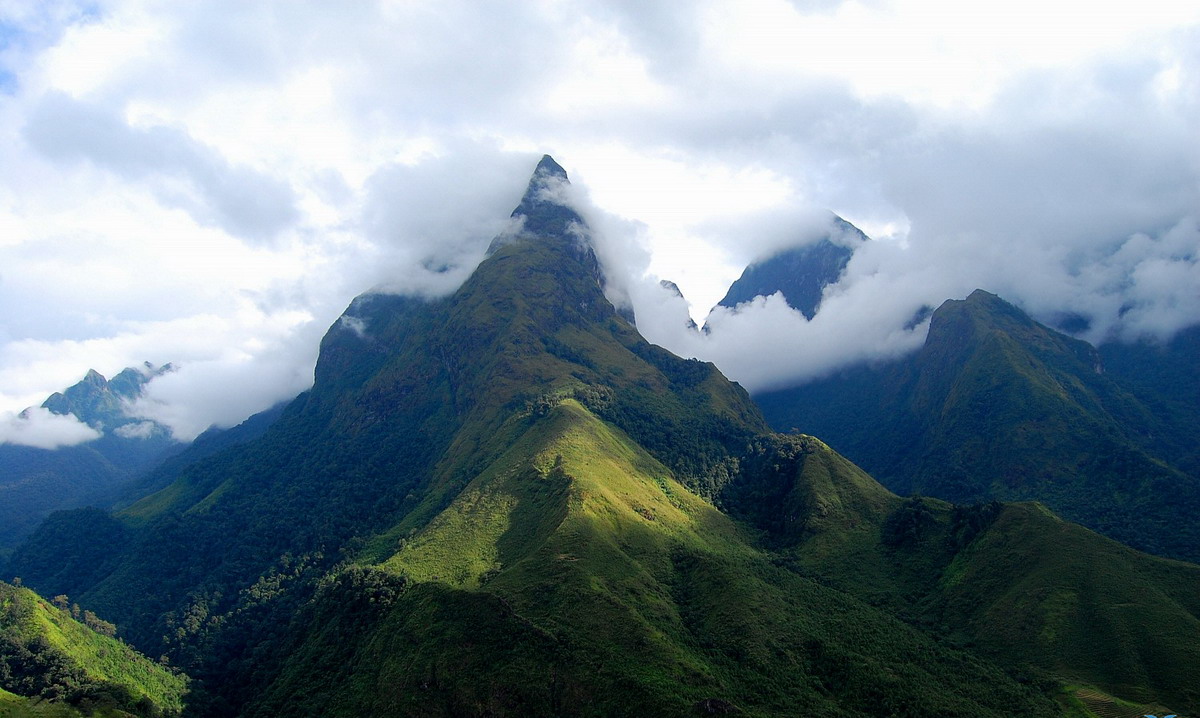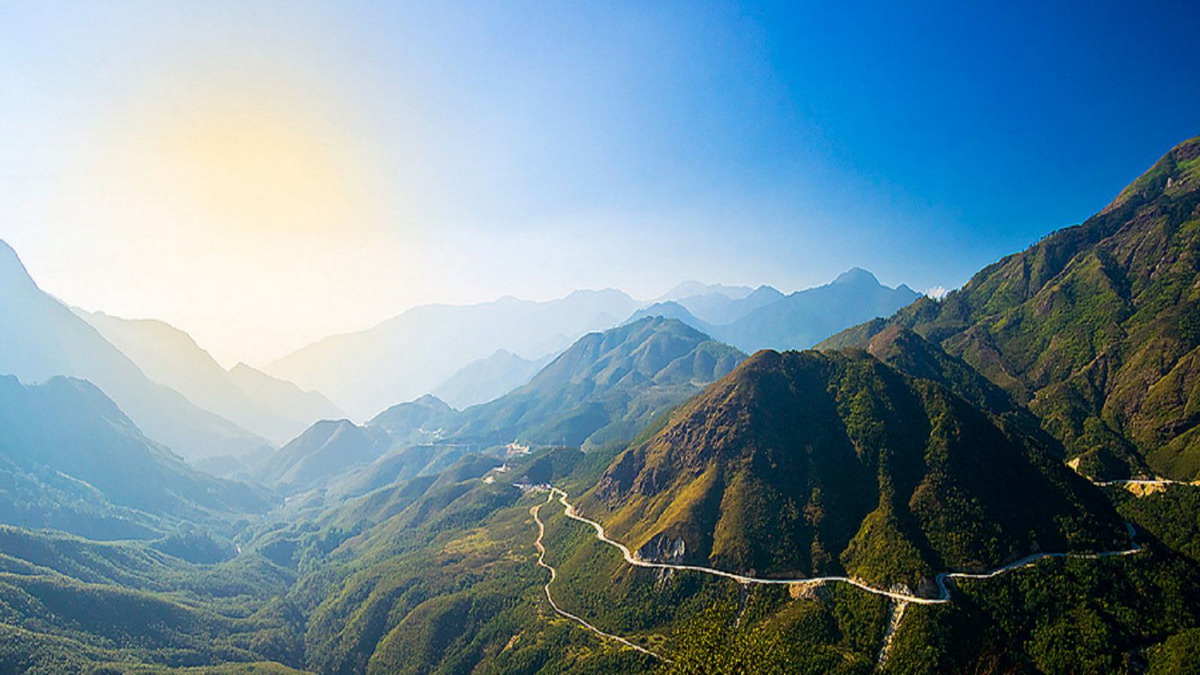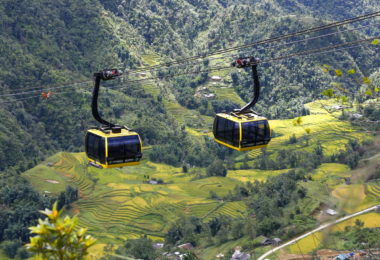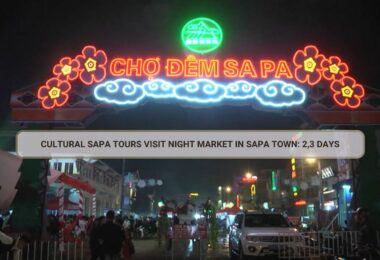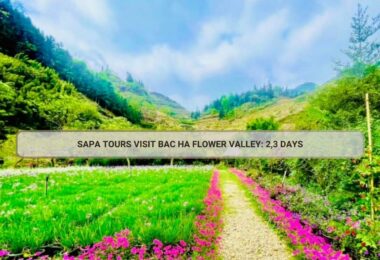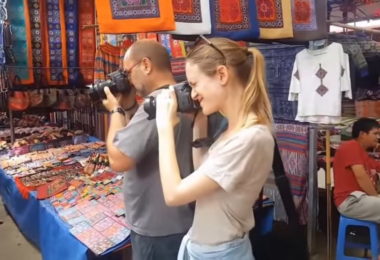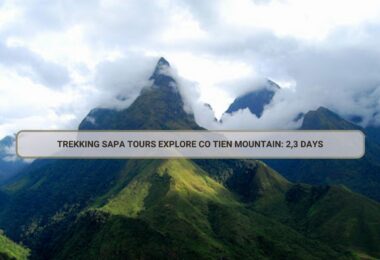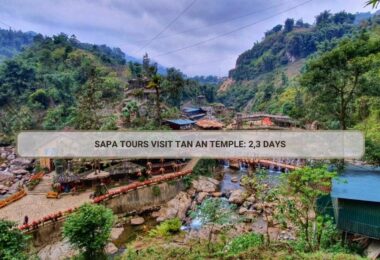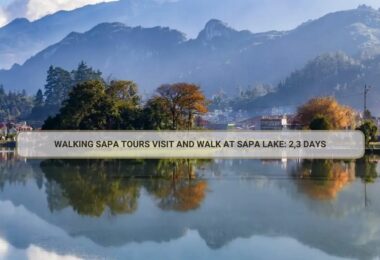Embark on a thrilling adventure to Sapa’s Ancient Rock Field, one of Vietnam’s most intriguing archaeological sites, hidden within the majestic landscapes of Northern Vietnam. This unique destination, featured in many Sapa Tours, offers more than just scenic beauty, it’s a deep dive into ancient civilizations. As you explore the field’s 200 engraved stones, each with intricate carvings, you’ll uncover stories that span centuries. Perfect for those seeking cultural exploration, Sapa’s Ancient Rock Field combines history, nature, and mystery, making it a must-see on your next adventure to Sapa. Let’s embark on this fascinating journey together!
Unraveling the Mysteries of Sapa’s Ancient Rock Field

Sapa’s Ancient Rock Field
In 1925, the French archaeologist Victor Goloubev discovered a relic in Central Vietnam that was out of the ordinary: the Sapa Ancient Rock Field. This field lies in the Muong Hoa Valley and comprises over 200 stones bearing engravings. Each bears mysterious symbols that represent humans, animals, and abstract shapes. These carvings have puzzled historians for almost a century. Nobody seems to know who did them and why; therefore, the Sapa’s Ancient Rock Field is among the most interesting archaeological sites in Vietnam.
Various interpretations of the carvings’ origin are found in many cultural theories regarding their origin. Some believe that they may have been created by the Hmong people, who are long-time inhabitants of the region, as part of their ancestors’ knowledge. Other people think that these markings date way back to the ancient Đông Sơn civilization or even earlier. Since this site shares a resemblance to other ancient rock formations across Southeast Asia, there is evidence that prehistoric communities might have shared some cultural links across the region.
Pay a visit to the Sapa’s Ancient Rock Field, and one sees what few see anywhere else. On a sightseeing tour where Sapa is involved, the carvings and landscapes of Sapa will draw a person into the history that has never been solved. Littered with ancient rituals, celestial signs, or even some forgotten traditions, this site forms one of the most captivating highlights of any Sapa Tour when talked about, tucking a bit of history, nature, and mystery into one single bundle.
Detailed Tour Itinerary: Sapa’s Ancient Rock Field Exploration
Day 1: Hanoi to Sapa – Initial Exploration
6:30 AM – 7:00 AM: Hanoi pickup. Get picked up by our luxury van from your hotel or meet at the Hanoi Opera House. Start a beautiful 5-hour drive through the northern countryside toward Sapa place famous for its rich culture and majestic landscapes.
12:30 PM: Check in to the hotel and then have lunch in a local restaurant to taste the best of the North National cuisine with food such as grilled pork, fresh vegetables, and herbs from the mountainous origin.
2:30 PM – 5:00 PM: You will begin your tour by visiting Ham Rong Mountain. The area represents one of the most fantastic sights of Sapa, allowing a breathtaking view of the town and its surroundings. Walking through gardens of flowers and rocks on the mountain will give you wonderful pictures and closer contact with nature.
5:00 PM – 6:30 PM: Descend to the animated Sapa Market, the meeting point where all ethnic communities encounter one another and sell embroidered handicrafts, traditional pieces of dress, and fresh produce. This is a major place for buying souvenirs with unusual value and coloring in local life.
7:00 PM: Dinner at a local restaurant. Try all the local specialties such as “lon cap nach" – a kind of mountain grilled pork very delicious with stream fish “ca suoi" and “xoi nep nuong". Free to explore Sapa’s charming streets, and relax in the evening.
Day 2: Exploring Sapa’s Ancient Rock Field
7:30 AM: After breakfast at the hotel, start the transfer to the Ancient Rock Field of Sapa. A short drive from the town will take you to the Muong Hoa Valley, which occupies the heart of the ancient rock field. You can enjoy breathtaking terraced rice fields here, with the atmosphere sometimes surreal due to the mist wrapping around them.
8:30 AM – 11:00 AM: Hiking with a local guide through Muong Hoa Valley. More than 200 engraved stones are scattered in the valley each of them has mysterious carvings depicted on people, animals, and geometric patterns. Your guide will share various legends and interpretations handed down to locals generation by generation while walking you around these historic sites. These stories instill in these symbols carved in rocks a deep sense of the place’s cultural setting, which is claimed to have been made by early civilizations.
11:30 AM: Visit the local Lao Chai Village, inhabited by the Hmong tribes. You will see the traditional houses, works like handicrafts, and the interactions with villagers. By participating in such cultural exposure, you will gain a great understanding of the lifestyles of the local ethnic tribes who have lived in harmony with nature for centuries.
12:30 PM: Lunch at a local restaurant in some villages, simple but hearty traditional dishes. This is a very good time to rest before continuing.
2:00 PM – 4:00 PM: Continue your excursion to the wonderfully picturesque Ta Van Village the next hamlet on the road. You will probably get a closer look at the rice cultivation on the terraces and an overview of the customs of the Giay people. Here, majestic mountains are relieved in the vast and verdant rice terraces; thus, the atmosphere here would be serene, ideal for peaceful contemplation.
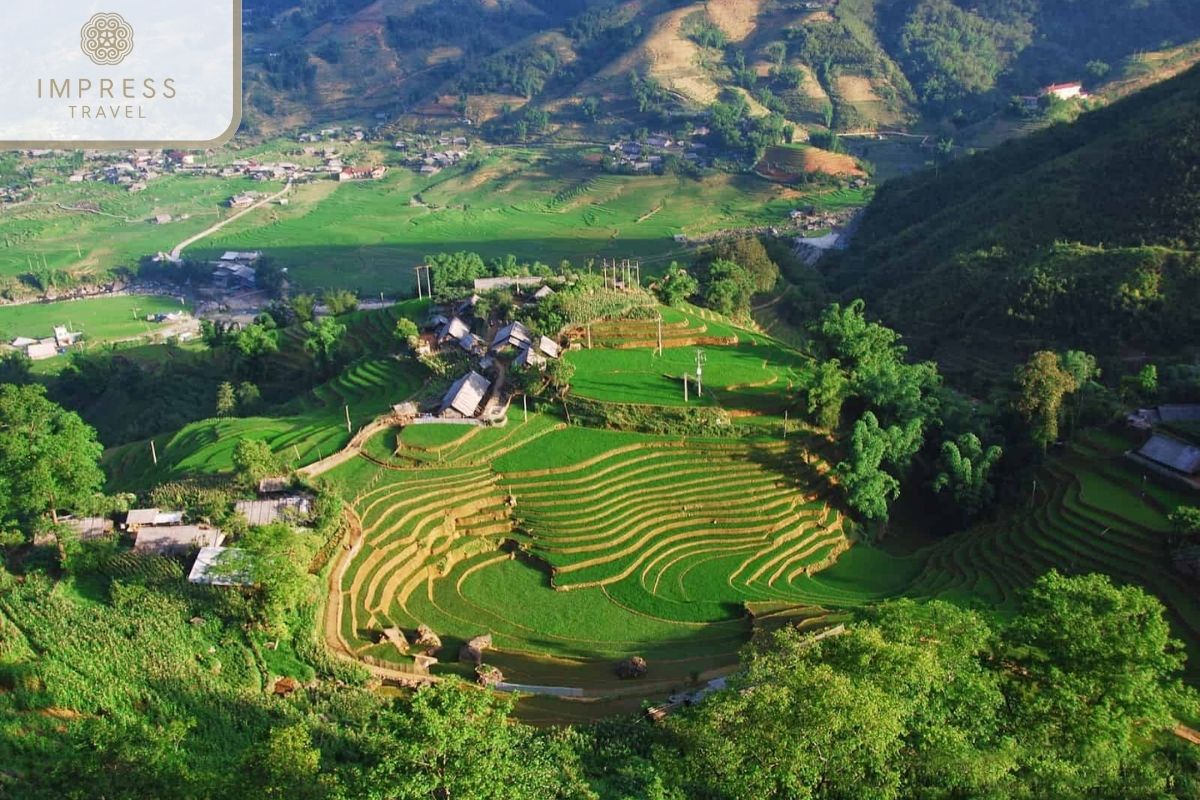
Ta Van Village
4:30 PM: Descend to Sapa town. You are free to relax in your hotel or continue with your self-discovery at your own pace in the rest of the town’s attractions.
7:00 PM: Dinner at a local restaurant serving more of Sapa’s unique mountain cuisine. In the evening, take the opportunity to experience Sapa’s nightlife or enjoy the cool mountain air from a café terrace.
Day 3: Optional Excursions and Return to Hanoi
7:30 AM: Breakfast at the hotel. Today is an optional day and is yet to be decided upon, so you can ready yourself one of a few ways to culminate your time in Sapa.
Option 1 – Ta Phin Cave Exploration (9:00 AM – 12:00 PM):
A short drive will come to Ta Phin, home of the Red Dao ethnic group. Explore Ta Phin Cave the rich composition appears in the combination of natural beauty and local legend. Different beautiful stalactites and stalagmites are contained in this cave, which is quite popular among nature lovers.
Option 2 – Cultural Tour in Cat Cat Village (9:00 AM – 12:00 PM):
Those who want to spend time doing some easy-going activities can visit Cat Cat Village. The village is of the Hmong tribe, which is known for its cultural beauty and traditional performing arts. This village can be explored easily on foot while learning about the local way of life as well as a show of the Hmong Flute or Panpipe Dance.
12:30 PM:
Then, in the afternoon, come back to Sapa town for lunch. Later in the day, travel back to Hanoi.
2:00 PM:
Leave Sapa to Hanoi, driving back via mountain roads. It’s the last chance to shoot the incredible landscapes of this region.
7:30 PM – 8:00 PM:
Return to Hanoi for the final destination of this amazing journey to the Sapa Ancient Rock Field and the cultural wonders that surround it. We say goodbye as we drop you off at your hotel with memories of history, culture, and breathtaking scenery.
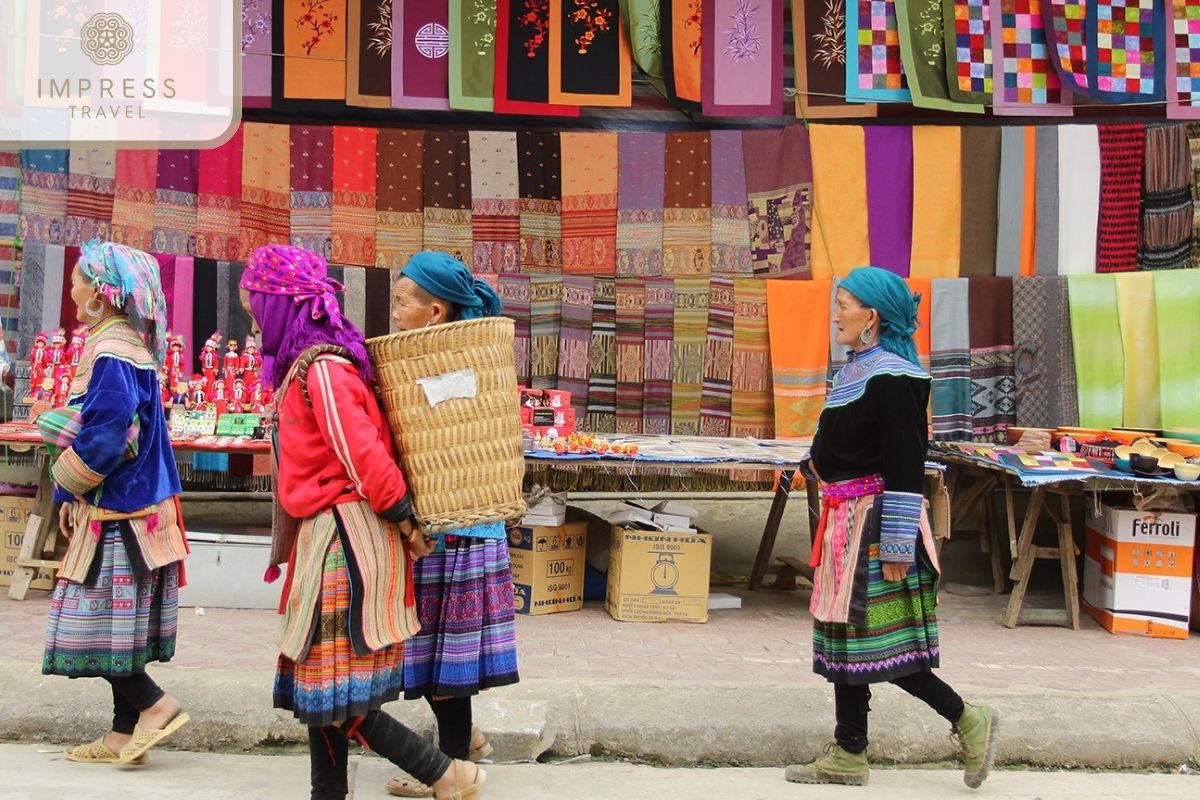
Sapa market
Preparing for Your Sapa’s Ancient Rock Field Tour
Practical Tips for Travelers
A visit to Sapa’s Ancient Rock Field requires proper packing. Sapa enjoys a cool climate throughout the year, so carry clothes according to the weather. As it gets quite cold in the morning and night even during summer, keep extra layers with you. Carry comfortable shoes to do a trek through the valley and, of course, the camera equipment to shoot this beautiful landscape and classic carvings.
The best time to visit Sapa is in Spring – from February to April or in Autumn from September to November. During these periods of the year, weather and visibility are at their best; clear skies, mild temperatures, vibrant greenery in spring, and gold in harvest season in the Autumn, these are two of the best times to visit Sapa’s Ancient Rock Field.
In terms of accommodation, consider booking your stay in one of the Sapa eco-lodges and hotels that have great views of the spaciously spread terraced fields. Topas Ecolodge and Sapa Clay House are excellent bases: one serene, seeking retreat, and the other allowing relaxing and enjoying the surrounding natural beauty.
Navigating the Terrain
Although Sapa’s Ancient Rock Field is accessible, it is nonetheless on uneven grounds. Some portions need to be trekked uphill, but a moderate level of physical fitness will do. Wearing proper footwear will make the journey comfortable as you explore the mysterious stones.
You can rent a motorbike for transportation and take a nice, very scenic ride through the valley or opt to walk with a local guide. Guides will not only help you get around the area but also provide many interesting insights into the history and cultural importance of Sapa’s Ancient Rock Field, making the tour even more rewarding.
FAQs About Sapa’s Ancient Rock Field
What is the best time to visit Sapa’s Ancient Rock Field?
Two of the best times to visit Sapa’s Ancient Rock Field are Spring and Autumn, from February to April and from September to November, respectively. During these seasons, temperatures are not extreme, or the skies may be clear during fascinating valley shots and panoramic shooting. Spring gives lush greenery, though, in Autumn, rice is gold during harvest time. Because these coincide with local festivals, this is a bonus when seeing the vibrant culture in the region. If you do plan on making your way to Sapa, these should be the months that you aim for; you will get both the best weather and cultural events.
How accessible is the Ancient Rock Field for travelers?
Sapa’s Ancient Rock Field is relatively easy to access, but there is some moderate walking involved, more so when hiking the stunning Muong Hoa Valley. In some places, the ground is uneven, and comfortable shoes are thus highly recommended. It’s suitable for families and travelers of all ages, though younger children and those with mobility issues may find certain parts of the trail challenging. To make sure things go sufficiently smoothly, a reasonable guide would be recommended. Such a guide would also be very communicative on history and cultural matters concerning the site.
Can visitors photograph the Ancient Rock Field?
Certainly, Sapa’s Ancient Rock Field is a dream of any photographer. Here, quite literally everything can be photographed; no limitations of photography exist, so take your time to shoot engraved stones, valleys, or landscapes around. The best time for photos is early morning or late afternoon when the sun gives soft light that outlines all the minute carvings. And, of course, take a look at the biggest stone carvings for some breathtaking shots!
Are there guided tours available in different languages?
Yes, guided tours in Sapa provide services in various languages: English, French, and sometimes Mandarin. Local guides will have much information about the history and culture associated with the Sapa’s Ancient Rock Field. Sharing tales, myths, and history will bring your visit to life. Should you find yourself in need of a guide in any particular language, then you’d better make an advance arrangement when booking your tour.

Check in Sapa’s Ancient Rock Field
Conclusion
Sapa’s Ancient Rock Field represents a juncture of history and culture with a tinge of natural beauty and hence is much more than a sightseeing tour it’s a time-traveling experience where every ancient engraving narrates a story of a long-lost civilization. As one discovers Muong Hoa Valley, so stunning in its layout, the richness of heritage will automatically be felt.
That will be a great opportunity to find out these mysterious things. Pls, do not hesitate to contact Impress Travel to make a reservation for Sapa’s Ancient Rock Field and join the guides in such an interesting place. Let’s make this amazing trip real! Don’t forget to regularly follow our Impress Travel for more interesting information about traveling Sapa to and to book Sapa Tours at the best prices.


































